Nanoparticulate formula together with light augmentation could realize the potential for intranasal vaccines to protect against respiratory viruses.


Nanoparticulate formula together with light augmentation could realize the potential for intranasal vaccines to protect against respiratory viruses.
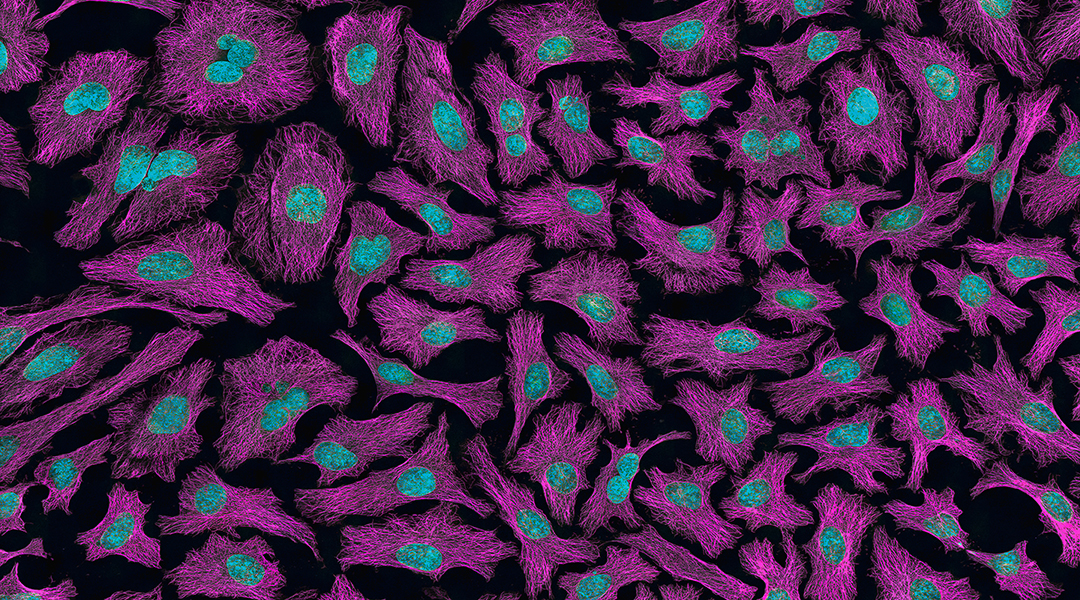
DNA robots built to transverse fluidic cell membranes and control cell function for future regenerative and cell-based therapies.
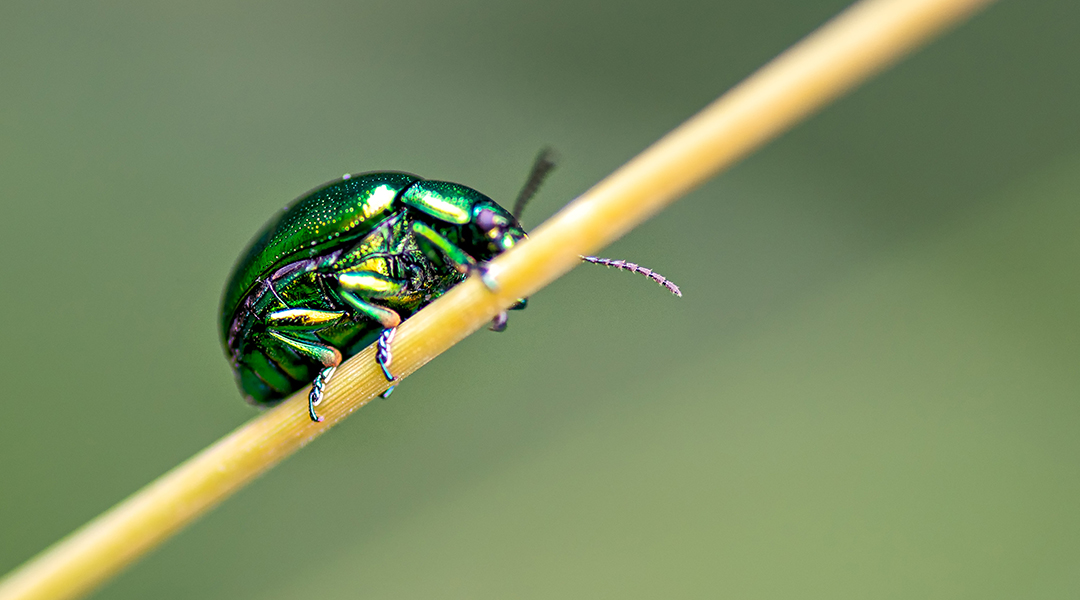
Exoskeletons of tree-dwelling and terrestrial beetles differ in their structural-mechanical properties and have inspired the design of new composite materials used for bioengineering.
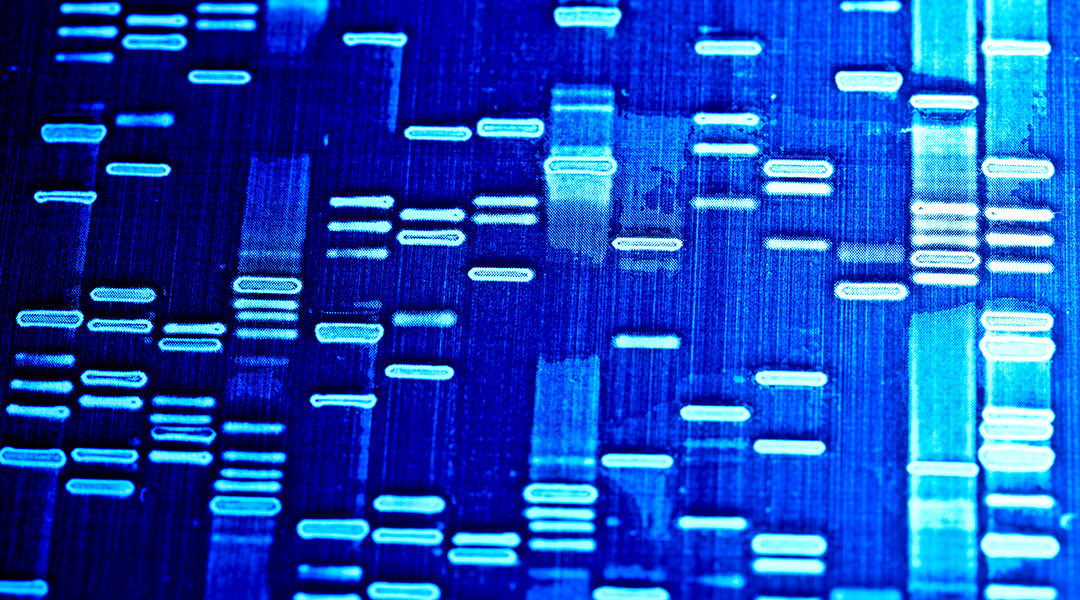
Genomic editing tools can reverse disease causing mutations to provide cures — once we can conquer the remaining barriers.
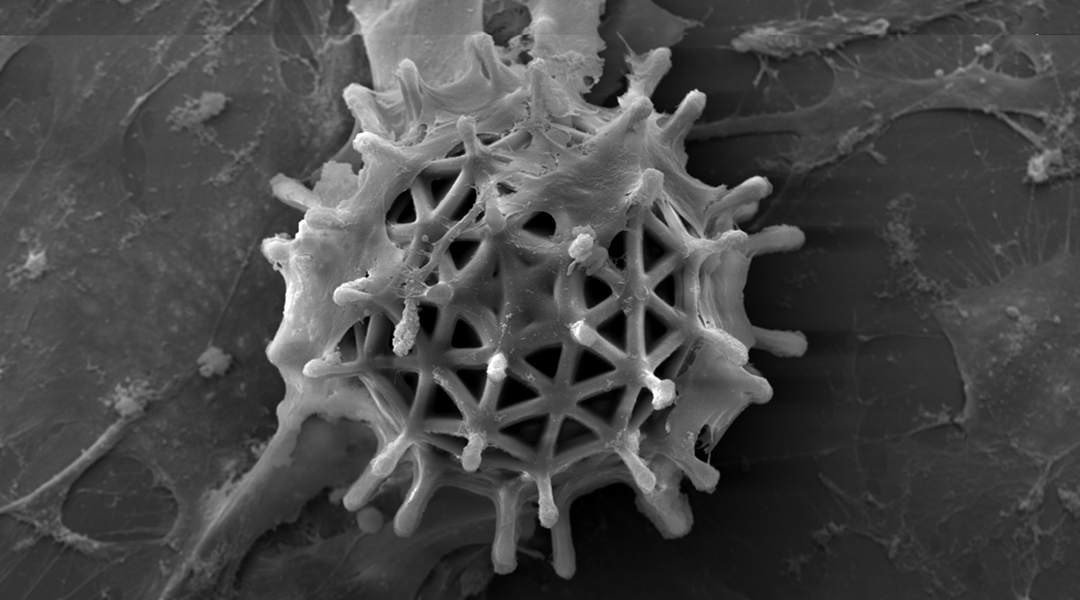
Researchers find the sweet spot between strength and biocompatibility in these tiny cell-carrying microrobots.
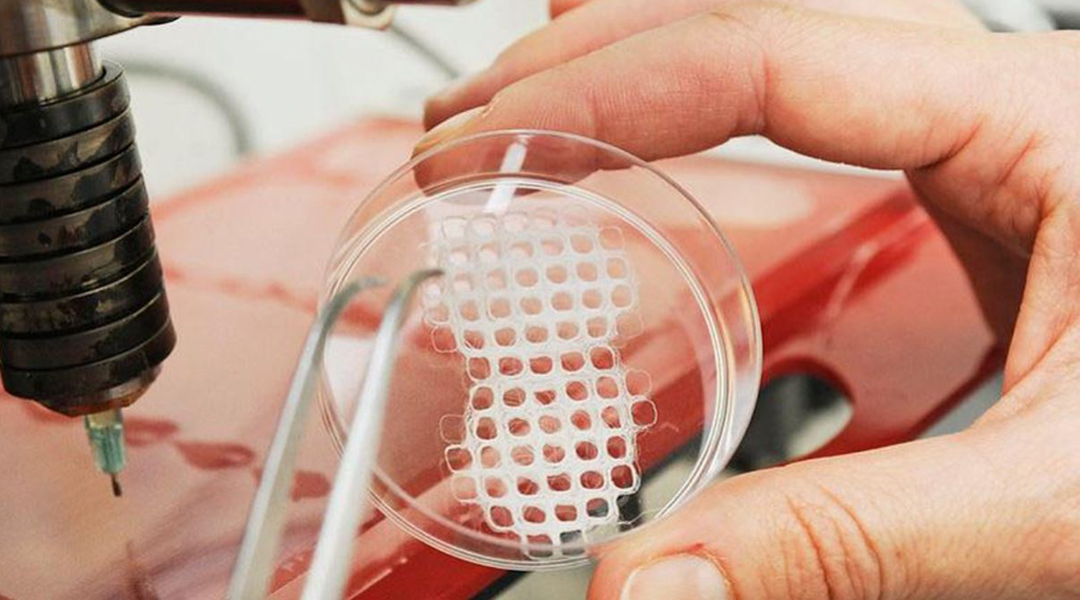
Machine vision and artificial intelligence can fine tune medical 3D printers to enable custom made tissue implants to suit the individual patient.
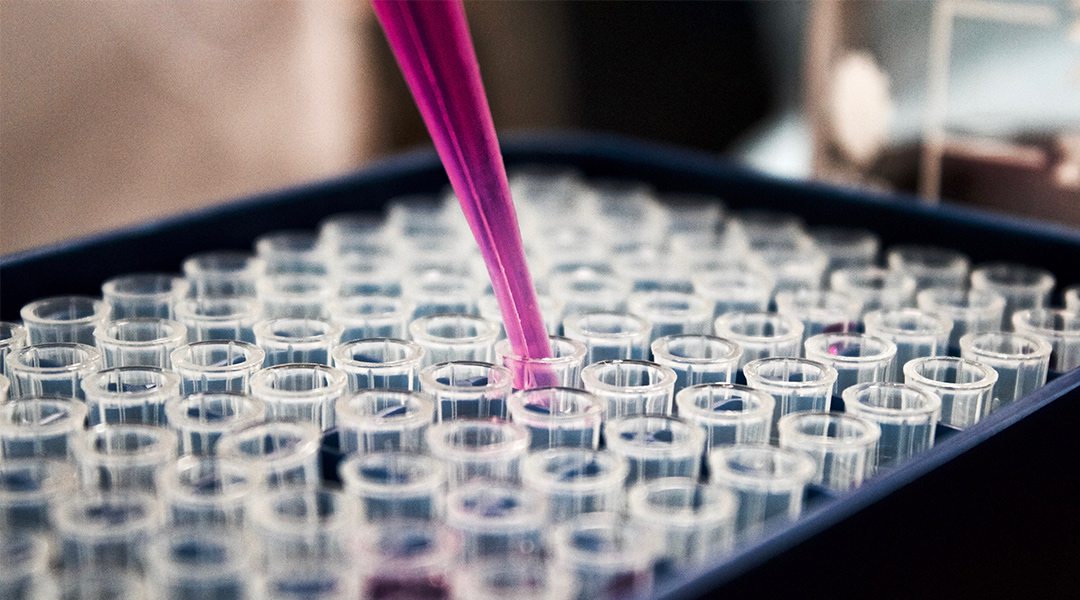
Scientists use 3D printing to combine fundamental biology research methods with high-throughput screening of cell culture surface topographies.
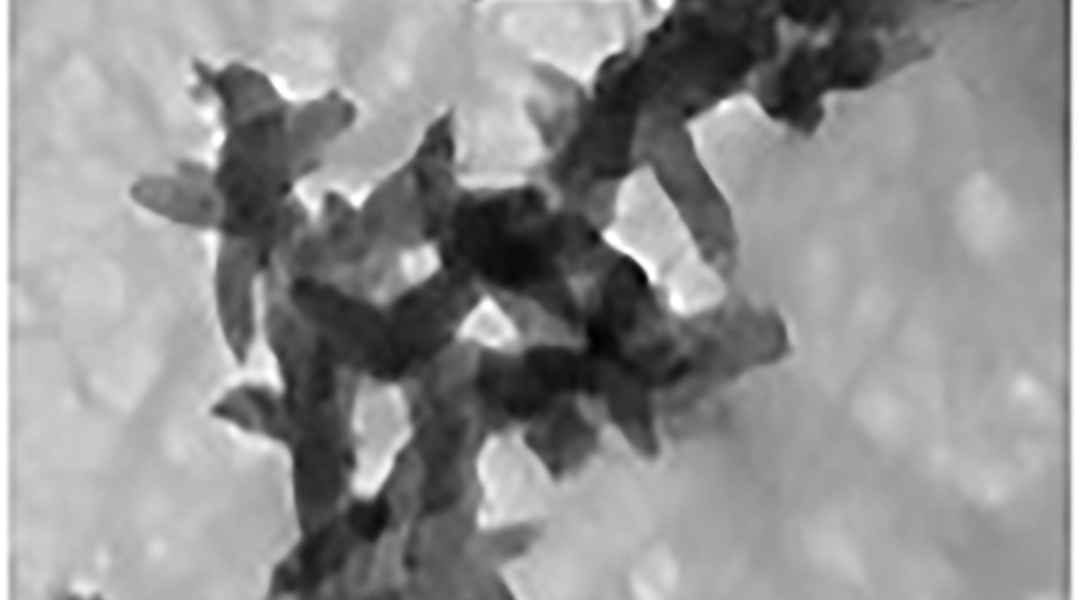
A conductive biomaterial that supports the growth of cardiac muscle cells and facilitates their synchronous beating holds great potential for cardiac tissue engineering.

Using silk proteins, researchers create crosslinking fibers that contain iron complexes similar to those used by sticky underwater sea creatures.
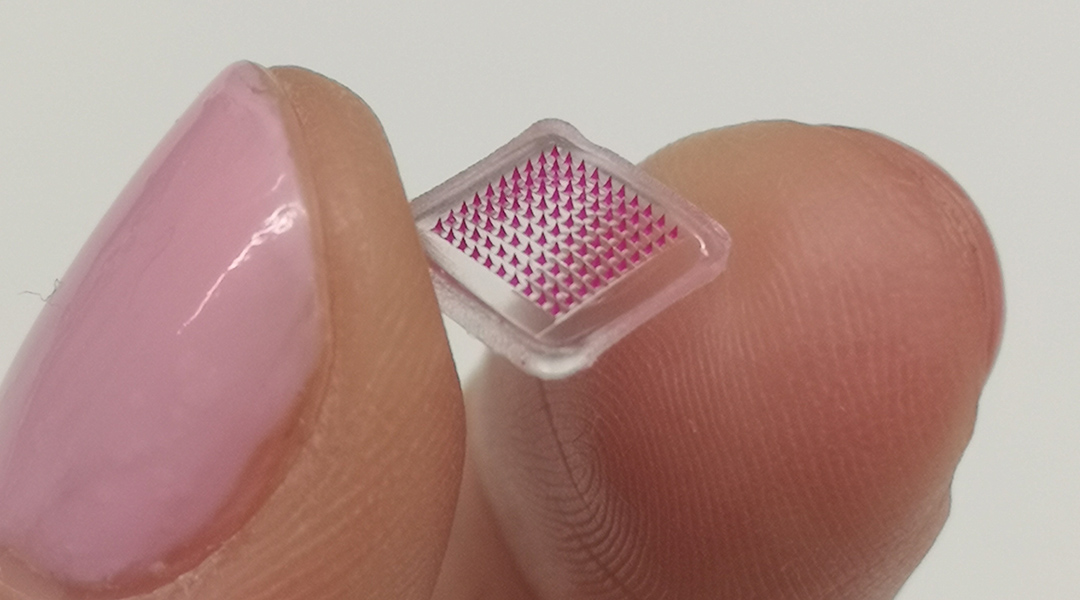
A microneedle patch that delivers antibiotics directly into the affected skin area could help treat deadly bacterial infections.